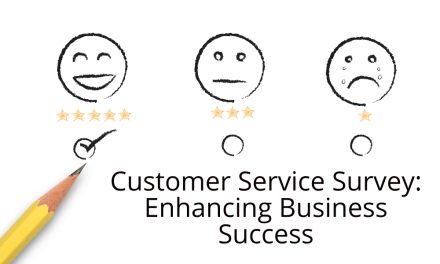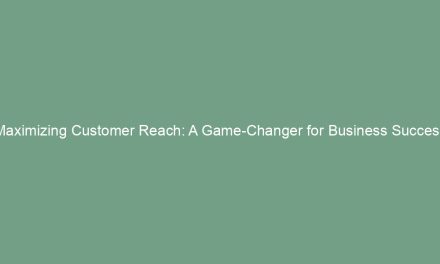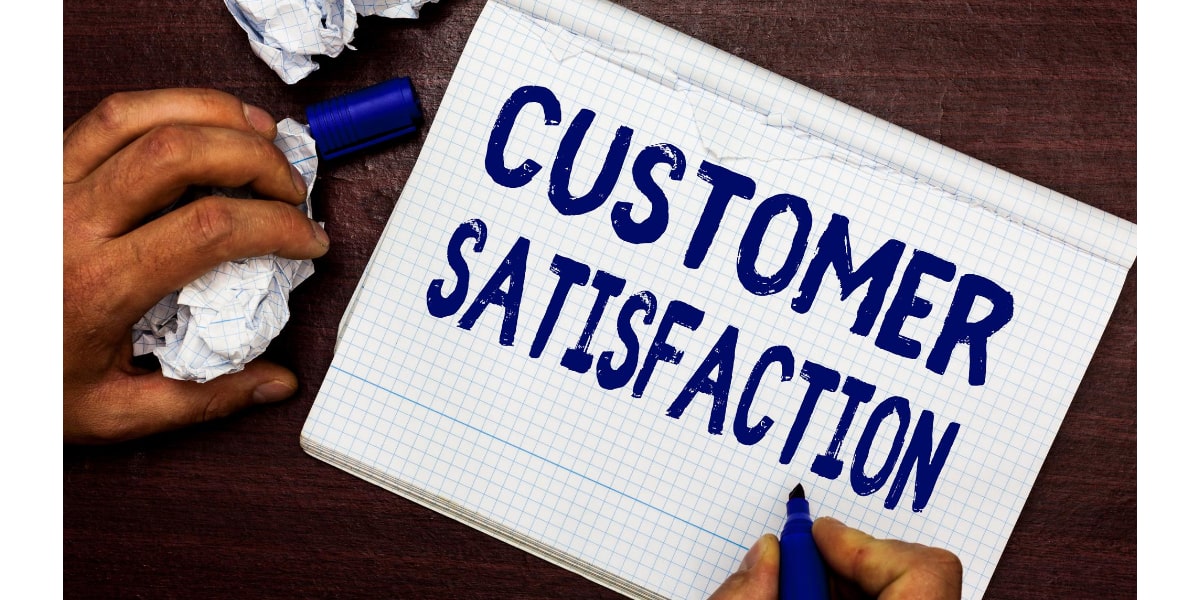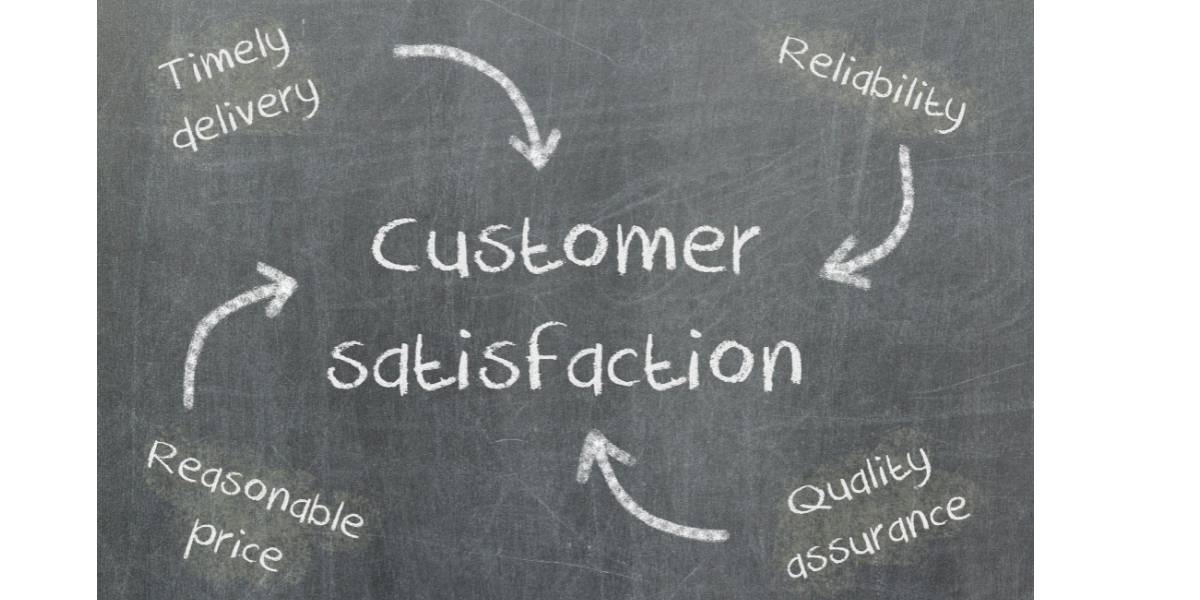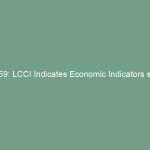To Measure Customer Experience: Understanding the Key Metrics
In the fast-paced world of business, one thing remains constant: customer experience is paramount. No matter how cutting-edge your product or service may be, a positive customer experience can make all the difference. In this article, we will delve into the various aspects of measuring customer experience, including key metrics and essential questions to ask your customers.
Introduction
Every interaction your customers have with your brand, whether it’s in-store, online, or via customer service, contributes to their overall experience. To gain insights into this experience, businesses employ a range of metrics and questionnaires. This article will explore the questions that are essential in understanding customer experience, divided into four categories: Brand Experience, Product Experience, Customer Service Experience, and Website Experience.
Brand Experience
1. Overall Brand Rating
A fundamental question that sets the stage for assessing customer experience. On a scale of 1 to 5, how would you rate your overall experience with our brand?
2. In-Store Visit Experience
For brick-and-mortar businesses, in-store visits are crucial. How would you rate your in-store visit experience today?
3. Likelihood to Recommend
Word of mouth is powerful. How likely are you to recommend our brand to others on a scale of 0 to 10?
4. Repeat Purchase Intent
Loyal customers are a treasure. How likely are you to purchase from us again?
5. Likes and Dislikes
Understanding the specifics. What do you like and dislike about our brand?
6. Share Your Experience
Let your customers speak. Please share your experience with our brand in your own words.
7. Biggest Challenge
Identifying pain points. What is your biggest challenge in doing business with us?
8. Improving the Experience
Seeking to enhance. How can we improve your experience with the company?
Product Experience
9. Product Satisfaction
Digging into the product’s performance. How would you rate your satisfaction with the product on a scale of 1 to 5?
10. Likes and Dislikes
Getting specific. What do you like or dislike the most about our product?
11. Likelihood to Recommend
Word of mouth for products. Based on your product experience, how likely are you to recommend us to others on a scale of 1 to 10?
12. Roadblocks
Understanding obstacles. What’s your biggest roadblock when using our product?
13. Achieving Goals
A product’s utility. Does the product help you achieve your goals?
14. Favorite Features
Highlighting strengths. What is your favorite tool or feature of the product or service?
15. Desired Improvements
Listening to customer feedback. What would you improve if you could? What is the one feature you would like to see in our product?
16. Personal Satisfaction
In their words. How would you describe the satisfaction with our product in your own words?
Customer Service Experience
17. Team Satisfaction
Evaluating support. Please rate your satisfaction with our team in resolving your issue.
18. Promptness
Speed matters. Did you feel that our team answered your inquiry promptly?
19. Ease of Resolution
Efficiency is key. How strongly do you agree or disagree with this statement: the customer service team made it easy for me to get my issue resolved?
20. Word of Mouth
Influence on recommendations. Based on your customer service experience with us, how likely are you to recommend our brand to others?
21. Room for Improvement
Listening to suggestions. What can we do better to improve your customer service experience?
22. Agent Performance
Evaluating individuals. How would you rate the agent’s performance on a scale of 1 to 5?
23. Likes and Dislikes
Customer-centric improvements. What did you like and dislike the most about your customer service experience with us today?
Website Experience
24. Website Rating
The digital storefront. How would you rate our website on a scale of 1 to 5?
25. Likelihood to Recommend
Online word of mouth. How likely are you to recommend our website to others?
26. Shopping Experience
User-friendliness matters. How would you rate the shopping experience on our website on a scale of 1 to 5?
27. Online Purchase Feedback
Customer insights. What did you like and dislike about our website when making a purchase?
28. Personal Experience
Letting customers speak. Please share in your own words what your experience was like on our website.
29. Cart Abandonment
Recovering lost sales. We see that you didn’t complete your purchase. What can we improve to help you finish shopping on our website today?
30. Purchase Motivation
Understanding the buying decision. What made you purchase on our website today?
Conducting Market Research
31. Priority
Understanding needs. What’s your most important priority when using a product like ours?
32. Product Choice
Why us over the competition? Why did you choose our product over a competitor’s?
33. Purchase Barriers
Overcoming obstacles. What stopped you from buying from us?
34. Product Enhancement
Listening to ideas. What is one thing you wish our product could do?
35. Discovery Channel
Marketing insights. How did you find out about our product?
36. Loyalty
Measuring commitment. How disappointed would you be if you could no longer use our product or product feature?
37. Alternatives
Know your competitors. Which product or service would you consider as an alternative to ours?
Employee Experience
38. Employee Satisfaction
An inside look. How would you rate the overall satisfaction of working with our organization on a scale of 1 to 5?
39. Likelihood to Recommend
The employee perspective. On a scale of 0-10, how likely are you to recommend this organization as a good place to work?
40. Likes and Dislikes
Employee feedback. What do you like and dislike about this organization?
41. Training and Growth
Employee development. How would you rate the training and growth opportunities provided to employees in our organization?
42. Personal Experience
Letting employees speak. Please share in your own words what your experience of working with this organization has been like.
Customer Feedback Questions
1. Self-Description
Understanding your audience. How would you describe yourself in one sentence?
2. Main Goal
Customer objectives. What is your main goal for using this [website/product]?
3. Goal Obstacles
Identifying challenges. What, if anything, is preventing you from achieving that goal?
4. Concerns
Customer worries. What is your greatest concern about [product/brand]?
5. Post-Usage Change
Measuring impact. What changed for you after you started using our [product/service]?
Marketing Insights
6. First Interaction
Knowing the source. Where did you first hear about us?
7. Previous Usage
Past interactions. Have you used our [product/service] before?
8. Product Choice
Understanding choices. Why did you choose to use our [product/service] over other options?
9. Comparison
Analyzing alternatives. Have you used a similar [product/service] before?
10. Usage Details
Utilization insights. How do you use our [product/service]?
Product Sales
11. Page Feedback
Improving the user experience. How can we make this page better?
12. Missing Elements
Identifying gaps. What’s the ONE thing our website is missing?
13. Conversion Barriers
Overcoming obstacles. What, if anything, is stopping you from [taking action] today?
14. Concerns and Questions
Addressing doubts. What are your main concerns or questions about [product/service]?
15. Future Plans
Understanding intentions. Thanks for [taking action]! How are you planning to use [product/service]?
Low Sales Feedback
16. Buying Experience
Assessing the purchase journey. How would you describe the buying experience?
17. Value Perception
Value assessment. Do you feel our [product/service] is worth the cost?
18. Purchase Motivation
Understanding the trigger. What convinced you to buy the [product/service]?
19. Challenges Faced
Identifying obstacles. What challenges are you trying to solve?
20. Nearly Abandoned
Rescuing potential sales. What nearly stopped you from buying?
Product Improvement
21. Preferred Features
Spotlight on strengths. What do you like most about our [product/service]?
22. Improvement Suggestions
Identifying weak points. What do you like least?
23. Missing Features
Addressing gaps. What
24. Above and Beyond
Seeking excellence. How could we have gone above and beyond?
Measuring Customer Experience
25. NPS (Net Promoter Score)
Overall brand recommendation. How likely are you to recommend our [product/service]?
26. CSAT (Customer Satisfaction)
Customer satisfaction assessment. How satisfied are you with our [product/service]?
27. CES (Customer Effort Score)
Effort evaluation. How easy did
Final Question
28. Additional Feedback
Open for suggestions. Is there anything you’d like to add?
Final Tips
Before we wrap up, here are some tips for getting the customer feedback you need:
- Define Your Objectives: Know what information you want to collect.
- Keep it Short: Keep your survey short and to the point.
- Choose the Right Time: Send the surveys at the right time, such as after a purchase or interaction.
- Test Your Survey: Always test the survey before sending it to customers to catch any issues.
- Show Appreciation: Thank your customers for their feedback. It goes a long way in building a strong relationship.
Conclusion
In a world where customer experience is often the differentiator between brands, understanding and improving it is essential. By asking the right questions and analyzing the feedback, you can make data-driven decisions that enhance your customer’s journey and drive loyalty.
FAQs
1. Why is measuring customer experience important?
Measuring customer experience helps businesses understand how their customers perceive their brand, products, and services. It provides valuable insights for improving customer satisfaction and loyalty.
2. What is the Net Promoter Score (NPS)?
NPS is a metric that measures customer loyalty by asking how likely customers are to recommend a product or service to others. It provides a simple way to gauge overall customer satisfaction.
3. How can businesses use customer feedback to their advantage?
Customer feedback is a valuable source of insights for businesses. They can use it to identify areas for improvement, enhance products or services, and build stronger relationships with their customers.
4. What are the benefits of a customer feedback survey?
A customer feedback survey allows businesses to collect structured data about customer experiences. This data can be used to make data-driven decisions, prioritize improvements, and tailor products or services to customer needs.
5. How often should businesses conduct customer feedback surveys?
The frequency of customer feedback surveys can vary depending on the business and industry. However, it’s a good practice to conduct them periodically to stay informed about changing customer preferences and needs.


